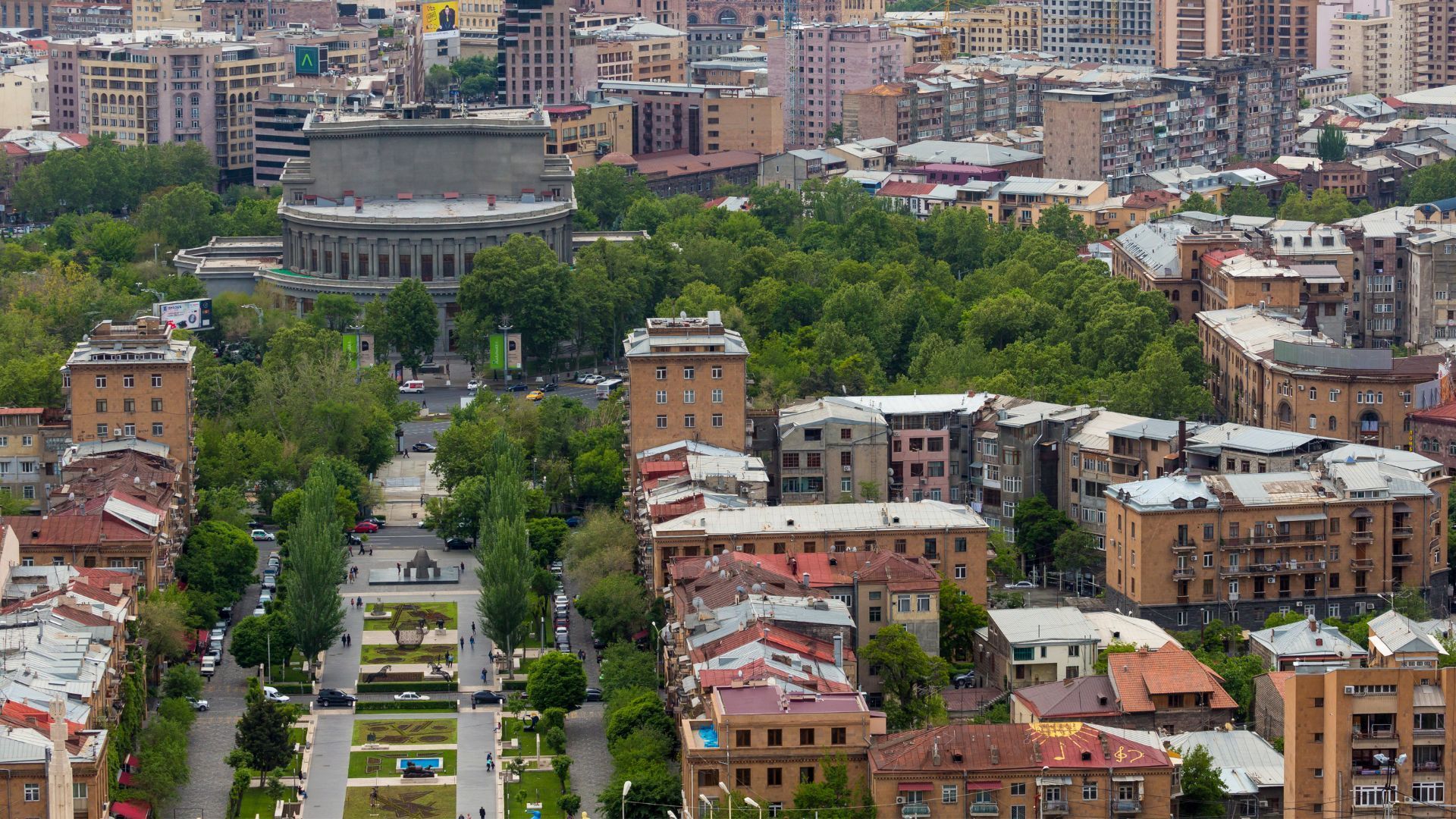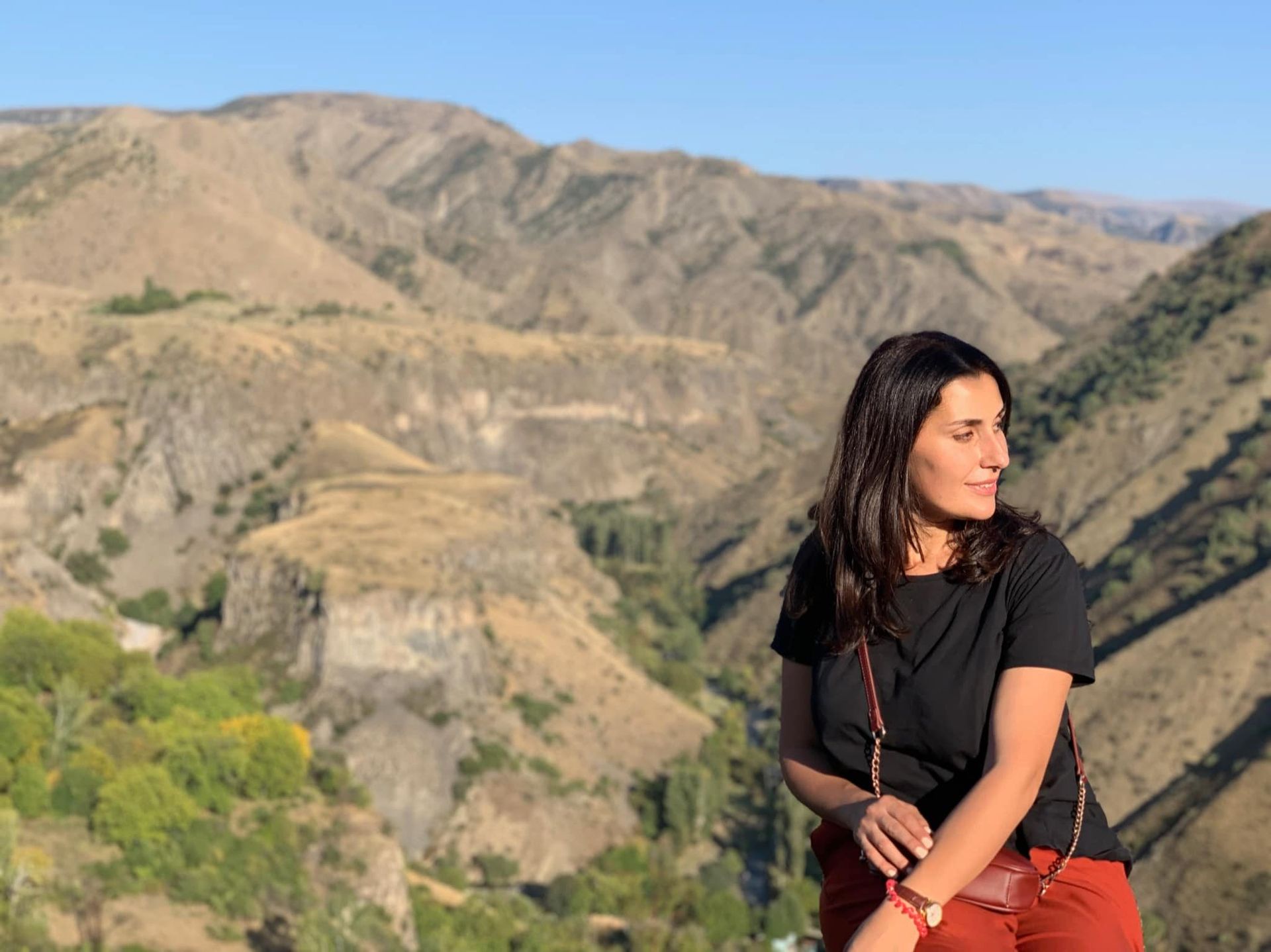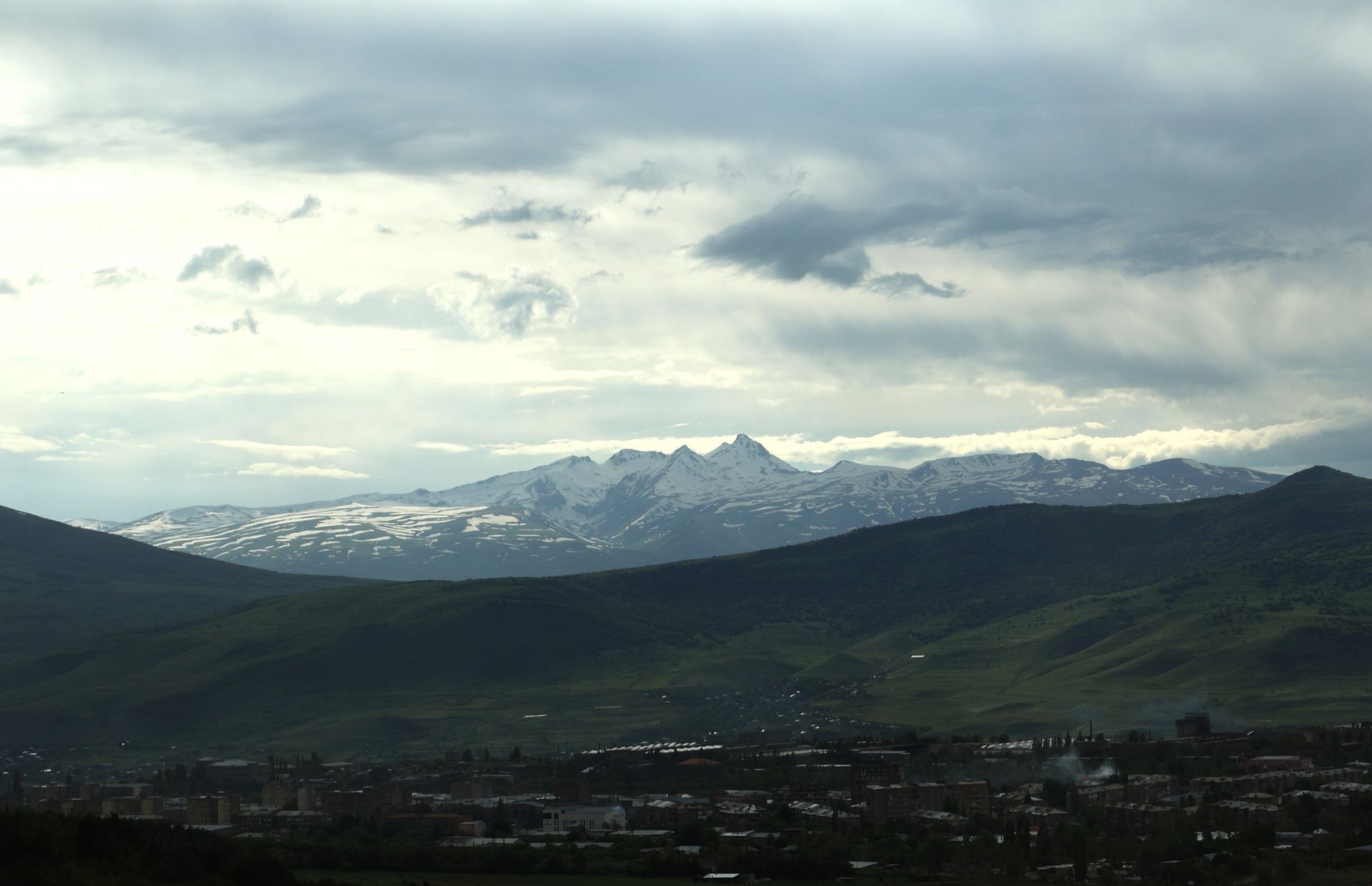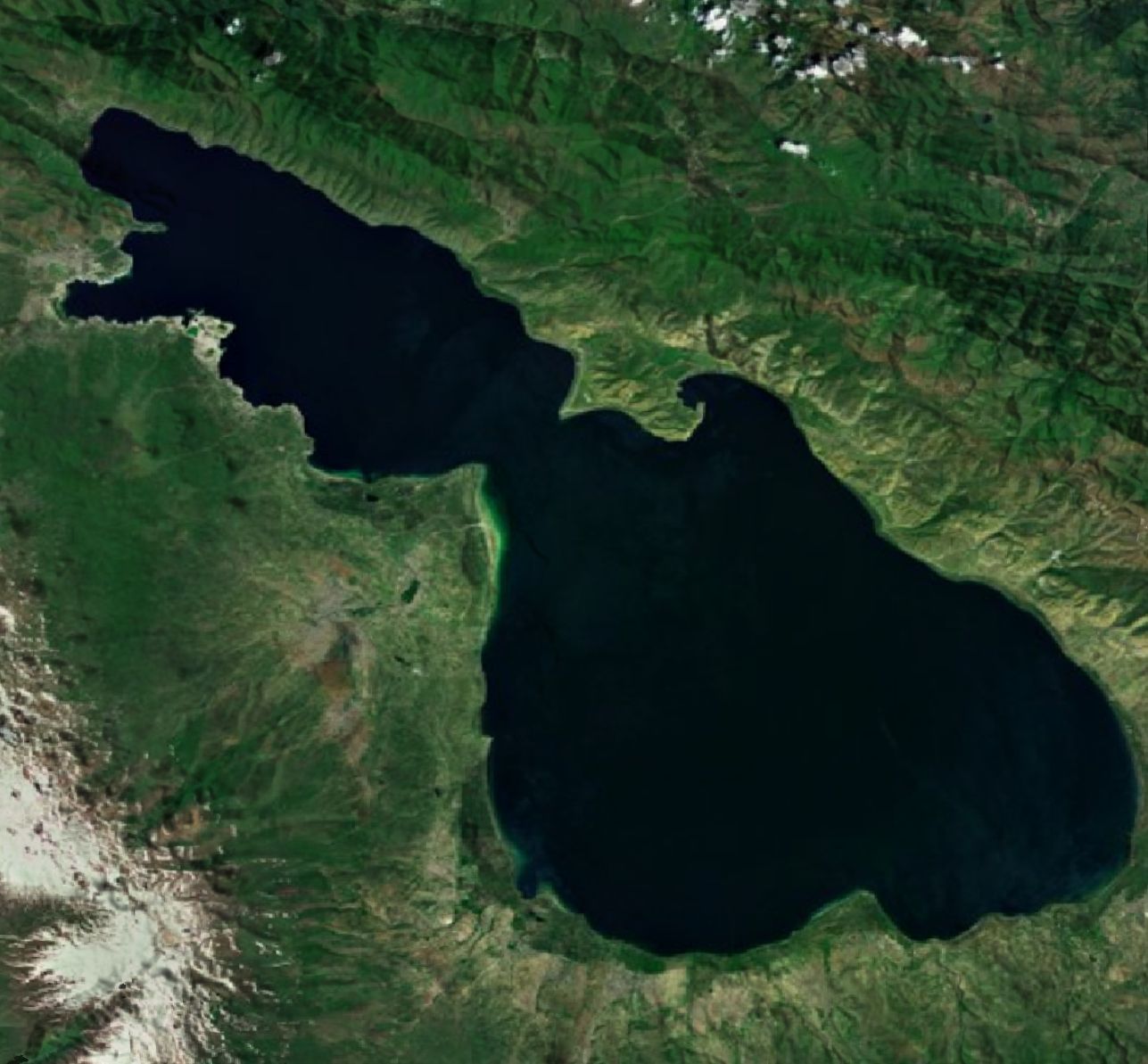Reach Histroy of Armenia
Armenia, a country with a history stretching back thousands of years, has undergone significant transformation, particularly in the 21st century. Nestled in the South Caucasus, Armenia’s rich past, from ancient civilizations to the trauma of the Armenian Genocide, continues to shape its modern-day identity. The journey from Soviet rule to independence has been challenging, but the resilience of its people and its continued struggle for recognition on the global stage highlight the determination of this ancient land.
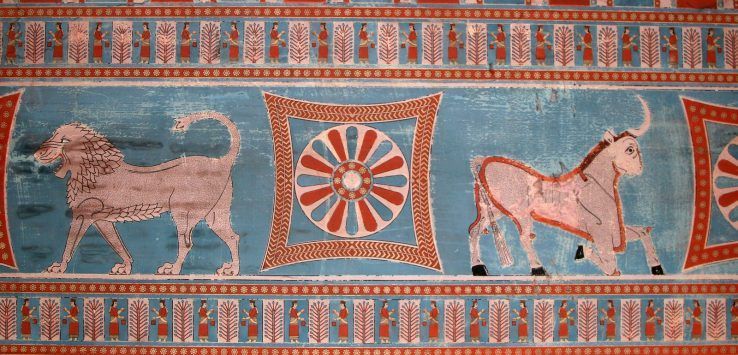
Early Civilizations and Kingdoms
Armenia’s history is rooted in its ancient civilizations. The Kingdom of Urartu, flourishing in the 9th century BCE, laid the foundations of Armenian culture. With its capital in Tushpa (modern-day Van), Urartu left behind impressive structures and artifacts. The Kingdom of Armenia emerged after the fall of Urartu, and the region began to shape its distinct identity.
The Birth of Christianity
In 301 CE, Armenia became the first country to adopt Christianity as its state religion. King Tiridates III, guided by St. Gregory the Illuminator, embraced Christianity, and the Armenian Apostolic Church became central to the nation’s identity. This decision ensured that Christianity would continue to be deeply woven into the fabric of Armenian culture.
Medieval Armenia: Kingdoms and Invaders
During the medieval period, Armenia experienced both periods of flourishing and decline. The Kingdom of Cilicia, which prospered between the 11th and 14th centuries, was a powerful Christian kingdom with strong ties to the Crusaders. However, Armenia’s location made it vulnerable to invasions from Seljuk Turks, Mongols, and others, which disrupted the nation, though the Armenians’ spirit and culture endured.
Ottoman and Persian Rule
By the 16th century, Armenia was divided between the Ottoman and Safavid Persian empires. Armenians faced harsh conditions under foreign rule, including forced assimilation and oppression. Despite this, many Armenians managed to preserve their language, culture, and faith, and a diaspora began to form, particularly in Europe and the Middle East, ensuring the survival of their traditions.
The Armenian Genocide
The genocide of 1915 remains one of the most painful chapters in Armenian history. Over 1.5 million Armenians were killed or forcibly deported by the Ottoman Empire during World War I. This tragic event remains a central part of Armenia’s collective memory, and efforts for recognition and justice continue to this day.
Soviet Armenia
Following the Russian Revolution, Armenia became part of the Soviet Union in 1920. Under Soviet rule, Armenia experienced significant industrialization but also faced political repression. While the Soviet government suppressed national identity, Armenians managed to preserve their culture and religious traditions, maintaining a sense of Armenian identity even under the shadow of the USSR.
Independence and the 2000s
Armenia declared independence from the Soviet Union in 1991, marking a new era for the country. However, the early years of independence were marked by economic hardship and political instability. The Nagorno-Karabakh conflict with Azerbaijan, which erupted in the 1990s, led to a war that left deep scars in Armenia. Despite these challenges, Armenia began rebuilding its economy, improving its infrastructure, and working toward greater political stability.
In the 2000s, Armenia took steps to modernize its economy and strengthen its democratic institutions. The country saw progress in areas such as education, technology, and infrastructure development. However, political reforms were slow, and the legacy of Soviet rule continued to influence governance. The country faced challenges related to corruption, human rights, and economic disparity, but many Armenians remained hopeful that the future would bring positive change.
Recent Years and Challenges
In the 2010s, Armenia saw a rise in political activism and protests, particularly in response to dissatisfaction with government corruption and lack of reforms. The most significant moment came in 2018 with the Velvet Revolution, when opposition leader Nikol Pashinyan led a peaceful protest movement that forced the resignation of longtime Prime Minister Serzh Sargsyan. Pashinyan’s ascension to power marked a new era for Armenia, with promises of anti-corruption measures and democratic reforms.
However, the Nagorno-Karabakh conflict resurfaced in 2020, leading to another war with Azerbaijan. The six-week war ended with a ceasefire agreement brokered by Russia, resulting in territorial losses for Armenia. The war left the country deeply shaken, both politically and emotionally, as many Armenians questioned their leadership and the future of the Nagorno-Karabakh region.
Despite the setbacks, Armenia has shown resilience in rebuilding. The country has focused on post-war recovery, economic development, and strengthening its position on the international stage. It continues to grapple with the effects of the war, the challenges of rebuilding its economy, and the ongoing need for political reform.
Conclusion
Armenia’s journey from ancient civilization to modern-day challenges is a testament to its enduring spirit. The country’s history is filled with triumphs, tragedies, and the resilience of a people who have faced centuries of adversity. Today, Armenia continues to evolve, striving to reconcile its past with the promise of a brighter future. As it moves forward, the lessons of history guide the nation, ensuring that its rich culture, faith, and determination will continue to shape its destiny.



